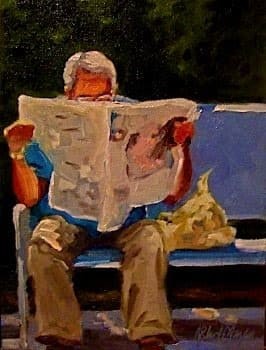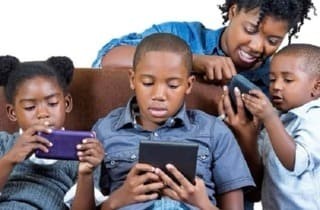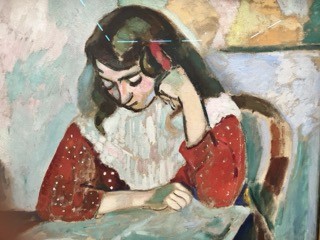Becky Schaller recently sent the following note to this blog:
I am struck by how different literacy instruction for preschoolers is by your description here than it was ten years ago. Back then, we also included teaching literacy by encouraging pretend writing in the different areas of the room. In the dramatic play area, children might pretend to write out a grocery list. In the block area, they might make a sign. Does literacy during play time count any more? Or is the focus more teacher directed now?
Her question as to "what counts as literacy instruction?" is a fair one. It is easy enough to block out time for activities like writing, but what can be in that space and what can't?
Teaching includes teacher telling and teacher explanation. Indeed, when a teacher stands before a group and shows the children a letter and tells them the letter name is an "R" that is obviously teaching. However, it is also teaching when a teacher leads students in some kind of guided doing (such as when the teacher and students do choral reading with a chart while the teacher points at the words). And so are more independent practice activities, such as the idea of students trying to write grocery lists in the dramatic play area.
However, practice requires that something taught is being explored. Ten years ago a preschool teacher may have had writing opportunities arranged across the classroom, but there would be little direct teaching (the kids would practice writing based on what they learned elsewhere). Now the teacher introduces letters, sounds, words, and shows students how to write. The knowledge from such lessons is secured as children try to use that input within their play.
Practice is part of teaching. Practice needs to be articulated in ways that it leads to more learning, including providing kids with guidance from a more knowledgeable person (some of the time), collaborative practice opportunities, and eventually independent practice). It should include opportunities for feedback and review, too.
Many activities themselves don't differentiate teaching now from teaching 10 years ago: pretend reading, pretend writing, dramatic play, teacher book sharing were all part of the landscape then and they can be now. How connected these practice opportunities are to intended learning outcomes has changed, however.
Ten years ago, many preschool and kindergarten teachers were afraid to tell students stuff or to show them how to do things. Now, perhaps, the fear has shifted, and teachers may be afraid to have kids play with what has been presented. Good teaching includes both didactic lessons and opportunities to practice and play.







Comments
See what others have to say about this topic.